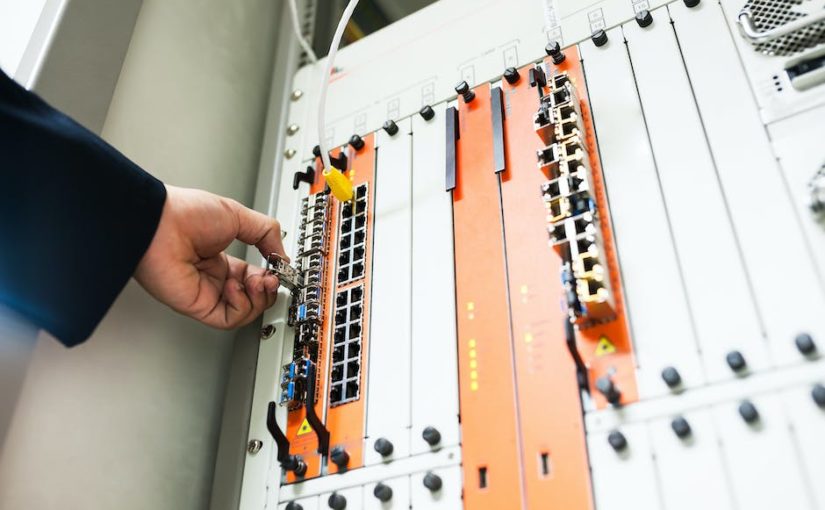Every business, no matter how small or large, has at least one common concern: data security. From a local retailer to a multinational giant, companies must deal with highly sensitive information that, if in the wrong hands, can create reputational and financial risks for the business. Explore the best virtual data room features in the post below.
Reinventing Data Security
In the modern digital world, data security has become one of the most pressing and significant problems for companies in various industries. Leakage of confidential information can cause serious damage to reputation, financial performance, and customer trust. It’s no secret that many companies have had to change their operating hours. Remote work has become a new reality, which has opened up other risks for enterprises. That is why it is so important to know how to veilig bestanden uitwisselen correctly. After all, a remote employee is a source of vulnerability and a real problem in security solutions.
Company data security plays a critical role in protecting the confidentiality, integrity, and availability of information, representing Innovative Security Techniques. Customer personal data, financial documents, intellectual property and other confidential information require special protection. Leakage of such information can lead to legal consequences and losses and loss of trust from customers; that is why it is so important to pay attention to Exploring Virtual Data Rooms.
Security is an important part of a virtual data room. From strict checkpoints in the security development lifecycle to continuous monitoring of infrastructure and applications, Security Enhancement ensures the security of the platform 24/7/365. Data Security Reinvented has also implemented necessary security measures for your account to ensure that your experience is safe and secure every time you log in.
Understanding Virtual Data Rooms (VDRs)
Have you researched and checked Google for what a virtual data room could be? Is this what you need to buy? What are VDR Insights used for? A virtual data room is a place on the Internet where users can store and share documents. From the feel of the term, you’d think it’s something new related to cloud file sharing, and while that may actually be the case, the term “data room” is much older than the hype around cloud computing.
The virtual data room provides a range of Data Security Advancements to protect your data. Host solutions on your own server, encrypt documents, configure portal access settings, enable authentication services, and manage user rights to prevent leaks by Exploring VDR Functions.
The Evolution of Data Security with VDRs
It’s no secret that the VDR Evolution is one of the most complex in the business world. Without the help of automated systems such as virtual data rooms, such large transactions can be difficult to complete. While traditionally managed organizations may find it difficult to cope, using Innovative Security Techniques will ensure that your firm is well-suited to modern technology standards.
With the virtual data room, you can rely on the high level of security that Data Protection Mastery provides for your company. Additionally, the software runs on isolated networks, making it virtually impervious to external attacks that other software may be vulnerable to. While Reinventing Security may be required in some cases, this is at the discretion of your technical department responsible for your company’s security.
Advanced Security Measures in VDRs
Managing documents in a convenient format is critical for business transactions with other firms, especially when dealing with Data Security Protocols. By using a virtual data room, companies can expect a more efficient workflow for their employees and management. This innovation stands out because it provides management with computer-intelligence reporting and mechanized updating, ensuring hassle-free operations. Business people and their ability for Keeping working data safe will appreciate the convenience and ability to quickly complete transactions.
Among the most advanced security measures in Advanced Data Protection Solutions are the following methods:
- Authentication and authorization.
Introducing authentication mechanisms such as passwords, two-factor authentication, and biometrics helps prevent unauthorized access to data. Authorization defines access rights to information within a company, allowing access to be limited to authorized employees only.
- Data encryption.
Encryption is one of the most effective methods of protecting data in Modern Data Collaboration Security Strategies. It allows you to convert information into a form that is incomprehensible to outsiders and can only be read using a special key. Encryption is used both for storing data and for transmitting it over networks.
- Regular backups.
Taking regular backups of your data is an important step to protect your data. Backups allow you to restore information in the event of loss or damage to the original data. Companies must have a backup strategy and ensure that the backup process is working effectively.
When Ensuring Data Confidentiality, the entire process is controlled by a single technology that ensures efficient management of all transactions. Its top-notch document management capabilities allow you to complete tasks quickly, and its fast due diligence feature is an added benefit. Digitization and VDR Encryption of all documents occurs almost instantly, which is a source of satisfaction for all stakeholders.
Future Trends in Data Security
The importance of Redefining Data Security For The Modern Age is a very considerable topic. Advanced VDR Features, comprehensive compliance and data management solutions help your organization assess risk, protect and control sensitive information, and comply with regulatory requirements.
In addition to digital security methods, companies must ensure the physical security of their server rooms and data centers with the help of Innovations in Data Security. Access restrictions, video surveillance, access control, and other Future Security Trends help prevent unauthorized access to physical equipment and servers.

